Masterpiece: The Seventh Man by Frederick Faust (Max Brand)
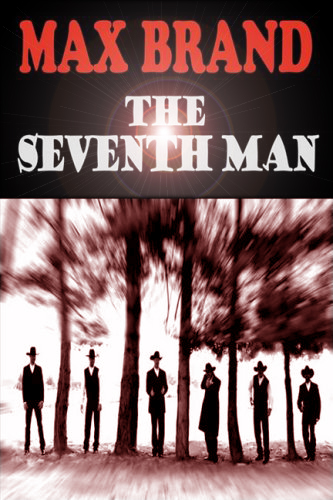 Prelim: The Seventh Man is in the public domain and available for free from Project Gutenberg in a variety of e-book formats. If you want a hard copy, there is a paperback print-on-demand edition available from Phoenix Rider; I do not know what the text quality is on it, but it’s only $5.99. Bottom line: no excuse not to give the novel a try.
Prelim: The Seventh Man is in the public domain and available for free from Project Gutenberg in a variety of e-book formats. If you want a hard copy, there is a paperback print-on-demand edition available from Phoenix Rider; I do not know what the text quality is on it, but it’s only $5.99. Bottom line: no excuse not to give the novel a try.
Last year, I posted three articles about Frederick Faust, a staggeringly prolific author of Western fiction and other genres for the pulp magazines. Writing under the pseudonym “Max Brand” and eighteen others pen names, Faust was a one-man writing army that dominated the Western fiction field from the end of World War I until his death as a journalist on the Italian front in World War II. Readers responded positively to the three articles, the first covering Brand’s general career, the next analyzing a collection of his early Western short fiction, and the third examining his rare foray into science fiction, The Smoking Land.
But the response that interested me the most was my own. Those are among my favorite posts I’ve put up on Black Gate in the three years I’ve held this Tuesday spot. It isn’t that I feel proud of the writing and research on them. It’s that they made me realize what an anchor Frederick Faust is in my own writing, and how much I learn from him every time I read one of his works. Reading Faust and researching his life and letters is like coming home to a place that I didn’t realize is “home” when I was away from it.
So I’ve returned to the topic, and I’ve brought one of Faust’s great novels with me, The Seventh Man (1921). So far, I’ve only examined the Western through his short stories, but Faust’s major impact on the genre is in his novels.
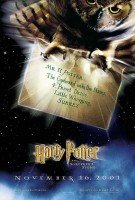 I remember walking through a movie theater and seeing a teaser poster for the first Harry Potter film. It showed an owl carrying a card addressed to Harry, in the cupboard under the stairs. There it is, to the right.
I remember walking through a movie theater and seeing a teaser poster for the first Harry Potter film. It showed an owl carrying a card addressed to Harry, in the cupboard under the stairs. There it is, to the right.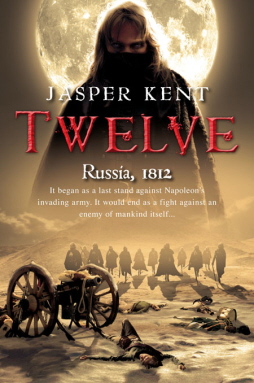 Twelve
Twelve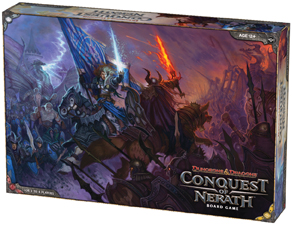
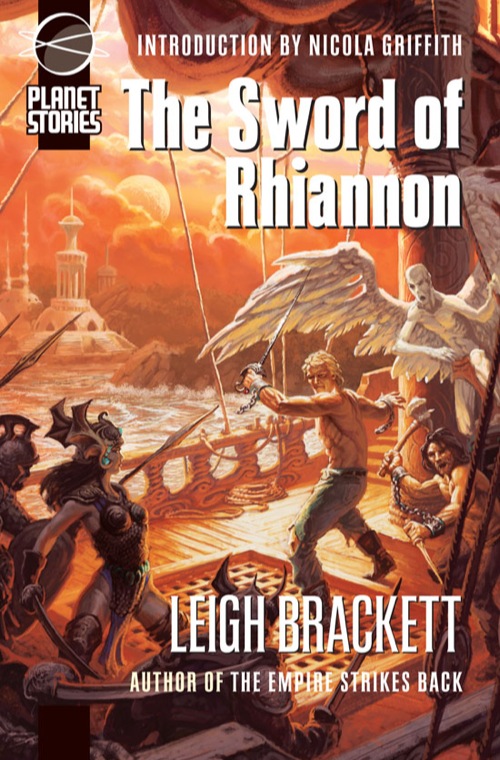 I committed a major heresy, in public and on record, against the sword-and-sorcery community when I stated on the recording for a podcast that, in the realm of “sword-and-sorcery” fiction, I prefer Leigh Brackett over Robert E. Howard. Although at least one participant on the podcast seconded my opinion, I do understand why most sword-and-sorcery readers cannot go with me on this. Howard is, after all, the Enthroned God of the genre. And, strictly speaking, Brackett did not write fantasy or historicals. Her specialty was action-oriented science fiction with heavy fantasy influences, the sub-genre of science-fantasy known as “planetary romance.” (Sometimes called “sword-and-planet.” I hate that term.)
I committed a major heresy, in public and on record, against the sword-and-sorcery community when I stated on the recording for a podcast that, in the realm of “sword-and-sorcery” fiction, I prefer Leigh Brackett over Robert E. Howard. Although at least one participant on the podcast seconded my opinion, I do understand why most sword-and-sorcery readers cannot go with me on this. Howard is, after all, the Enthroned God of the genre. And, strictly speaking, Brackett did not write fantasy or historicals. Her specialty was action-oriented science fiction with heavy fantasy influences, the sub-genre of science-fantasy known as “planetary romance.” (Sometimes called “sword-and-planet.” I hate that term.) Two of my favorite card games come from Looney Labs:
Two of my favorite card games come from Looney Labs: 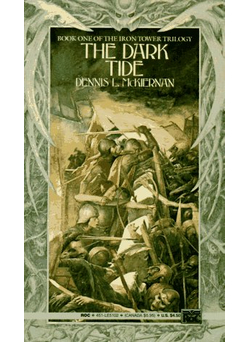 The publication of Terry Brooks’ Sword of Shannara in 1977 was a watershed moment in fantasy literature. The success of J.R.R. Tolkien’s The Lord of the Rings left fans clamoring for more epic, secondary world fantasy
The publication of Terry Brooks’ Sword of Shannara in 1977 was a watershed moment in fantasy literature. The success of J.R.R. Tolkien’s The Lord of the Rings left fans clamoring for more epic, secondary world fantasy 

 I give it two out of three brains. And seriously, the cover is AWESOME. Now that’s a le freakin’ sexy zombie.
I give it two out of three brains. And seriously, the cover is AWESOME. Now that’s a le freakin’ sexy zombie.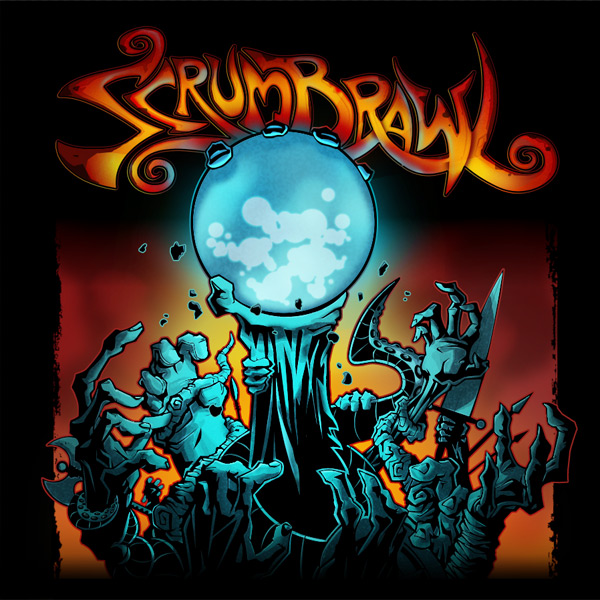 I’ve always been fascinated by the attempts of gaming companies to turn athletic sports into board games. Fascinated, but not quite intrigued enough to play one, until now.
I’ve always been fascinated by the attempts of gaming companies to turn athletic sports into board games. Fascinated, but not quite intrigued enough to play one, until now.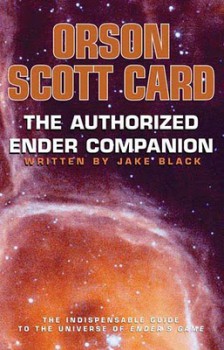 The Authorized Ender Companion
The Authorized Ender Companion